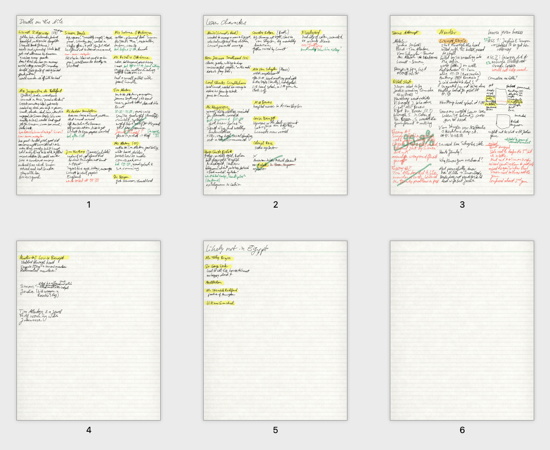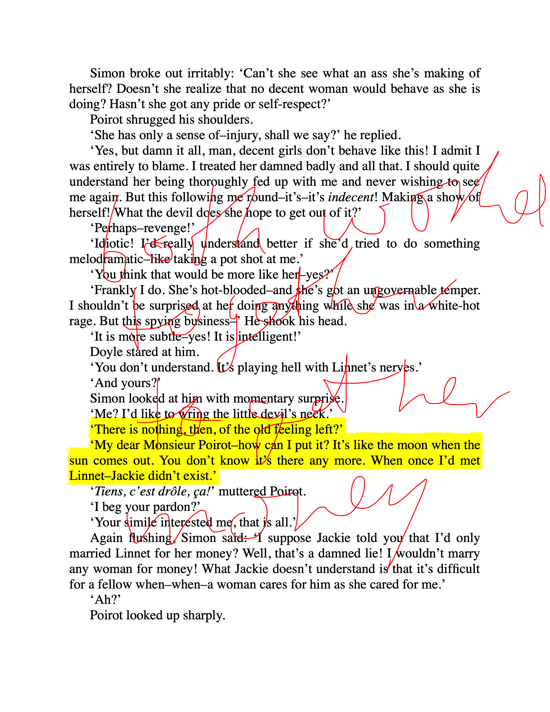First Sight to see what’s really there,
and Second Thoughts to watch the First Thoughts to check that they were thinking right.
«Wintersmith» by Terry Pratchett
Recently, I did watch “Murder on the Orient Express”, both the 1974 Albert Finney version and the newer 2017 Kenneth Branagh version.
I really like Kenneth Branagh in “Henry V”, but for Poirot, sorry, Albert Finney nailed him. Branagh is like a friendly, very clever bear, but I think Finney’s more oily version fits the novel much, much better. It’s like today’s version lacks teeth, or the willingness to be … uncomfortable … odious. But yeah, that’s for Poirot, the visuals in the 2017 version are much, much more impressive.
Anyway. The movies got me thinking — I watched the 1974 version as a child, so I knew “whodunit”. But when I read the novel, I wondered, would I have found it out as well if I didn’t knew it already?
As killing brain cells is a rather hazardous business, I went to the novel mentioned in the 2017 version — “Death on the Nile”. Would I be able to reason out the murderer in that novel?
Given that I did, and I hate spoilers, a spoiler warning: You’ll know who did it if you continue reading.
.
.
.
.
.
.
.
.
.
.
.
.
.
.
.
.
.
.
.
.
.
.
.
.
.
.
.
.
.
.
.
.
.
.
.
.
.
.
.
.
.
.
.
.
.
.
.
.
.
.
.
.
.
.
.
.
.
.
.
.
.
.
.
.
.
.
.
.
.
.
.
.
Still here, okay.
Yeah, I started to read “Death on the Nile” really really closely. Which took a lot of effort, in fact, I split my iPad and had the novel on the left side and Notability with notes on the right side (don’t ask me where I got the PDF).
And yeah, it payed off. First of all, I did understand the story better. I’ve got a seriously impaired memory for names, and having notes about the characters, yeah, I understood what happened much better. I found bypasses to my prosopagnosia, but my memory for names is still shit. I inherited traits from my family members who regularly confuse siblings and other people.
So yeah, doing notes — really helpful:

But what solved the case, in the end — a phrase. One that was uttered by both murderers at different points in the story, pointing that they worked together, which made the whole case trivial.

But still, a lot of fun.
When Poirot got the people together and solved the case — yeah, I missed a few things, but overall, pretty much correct. At least on the main issues (instigator/thieves/murderers).
So yeah, I can highly recommend training to read carefully with well-written detective novels. In contrast with most games, I didn’t even get the felling I was managing to understand how the game developer thought — in contrast to how the world worked.
If I ever have children — and I would home-school them (naturally) — I would give em the novel without the ending. And talk to them about their reasoning. Would be interesting (and yeah, only if you could prevent them from using the Web to get the solution).
Still, yeah, kudos, Ms. Christie. A well written work. Was a joyful Saturday morning.